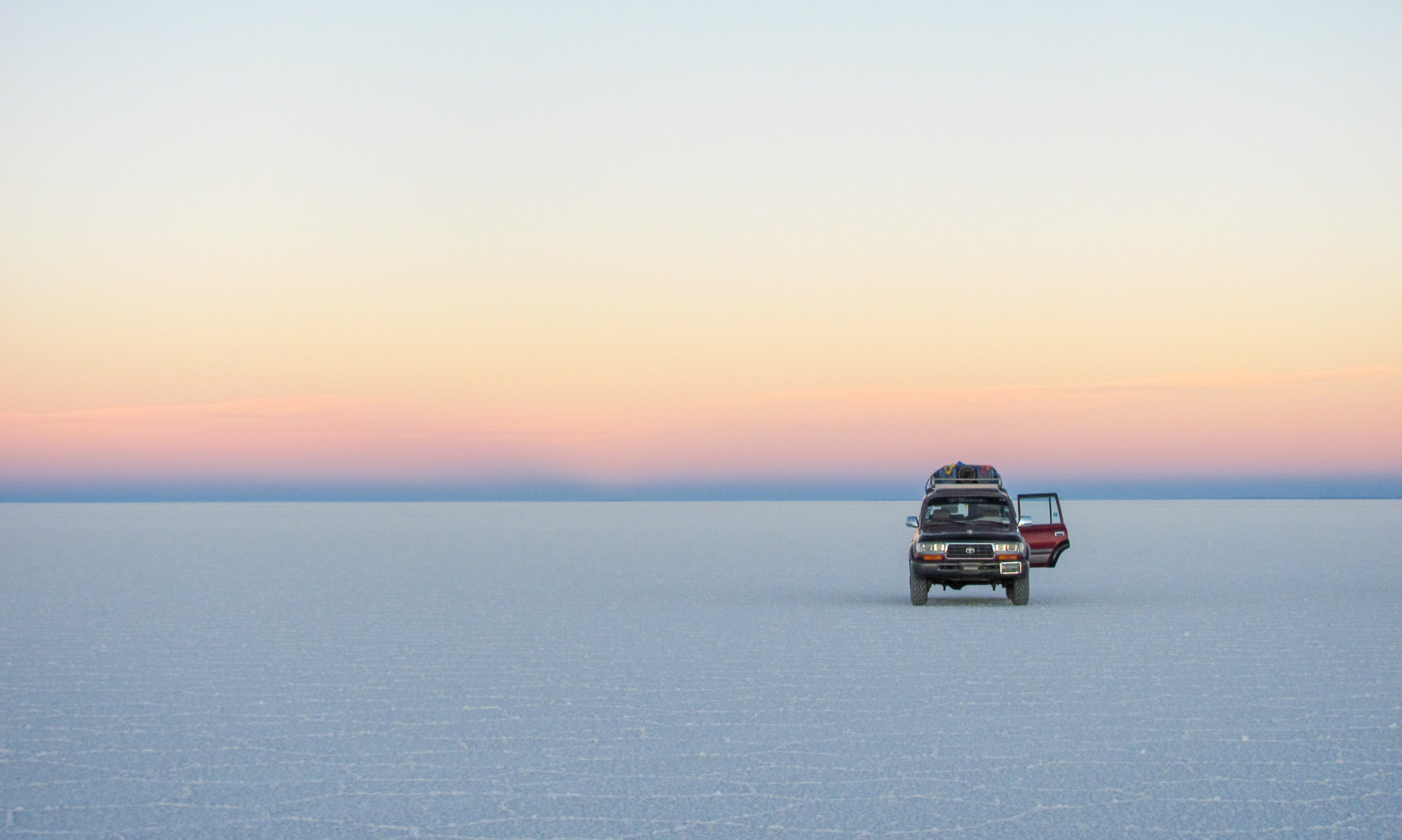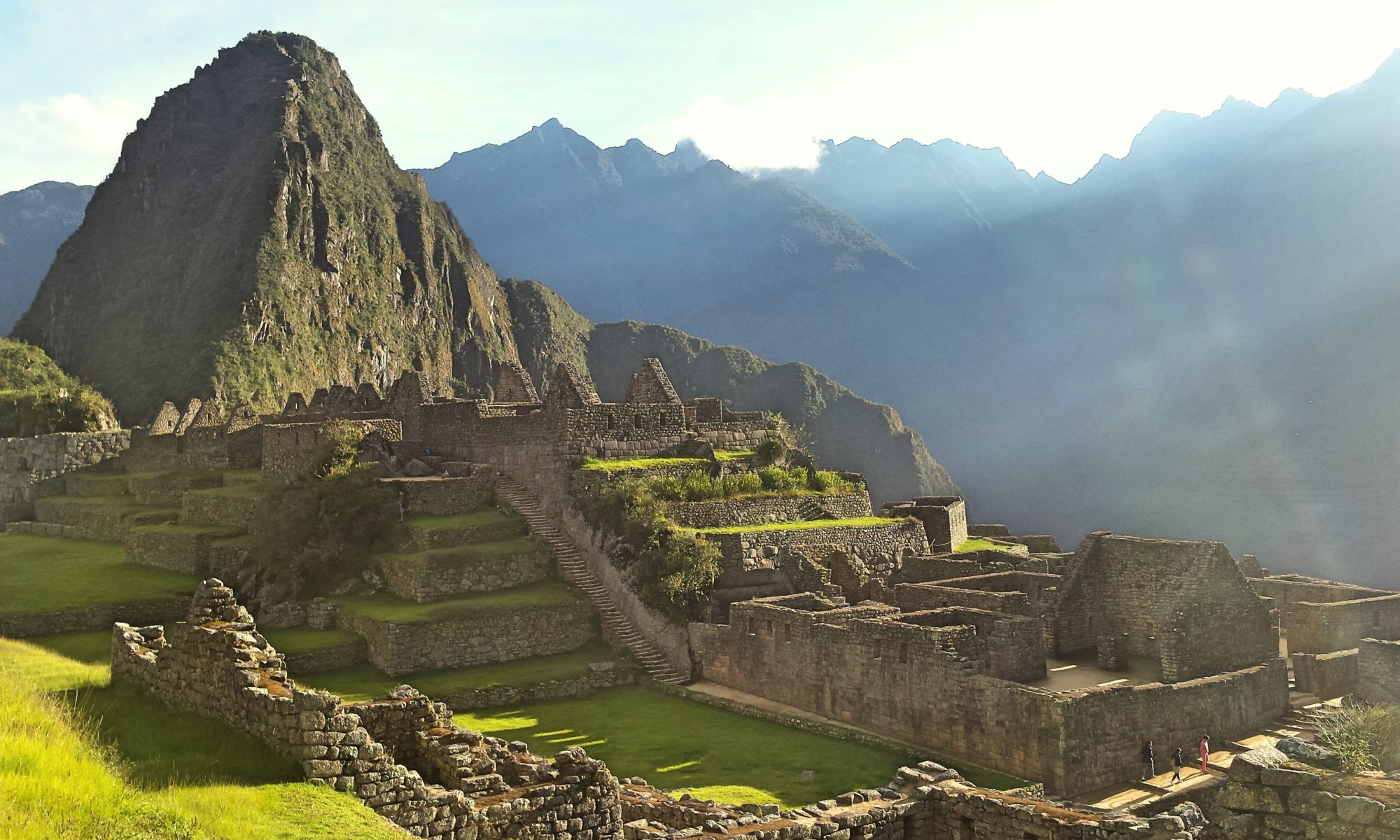Visiting Machu Picchu is an absolute must on any Peru itinerary. I doubt if anyone that visits Peru skips it. But what is all the fuss about? And what should you go see when visiting Machu Picchu? Let me clarify in 500 words.
– The experience –
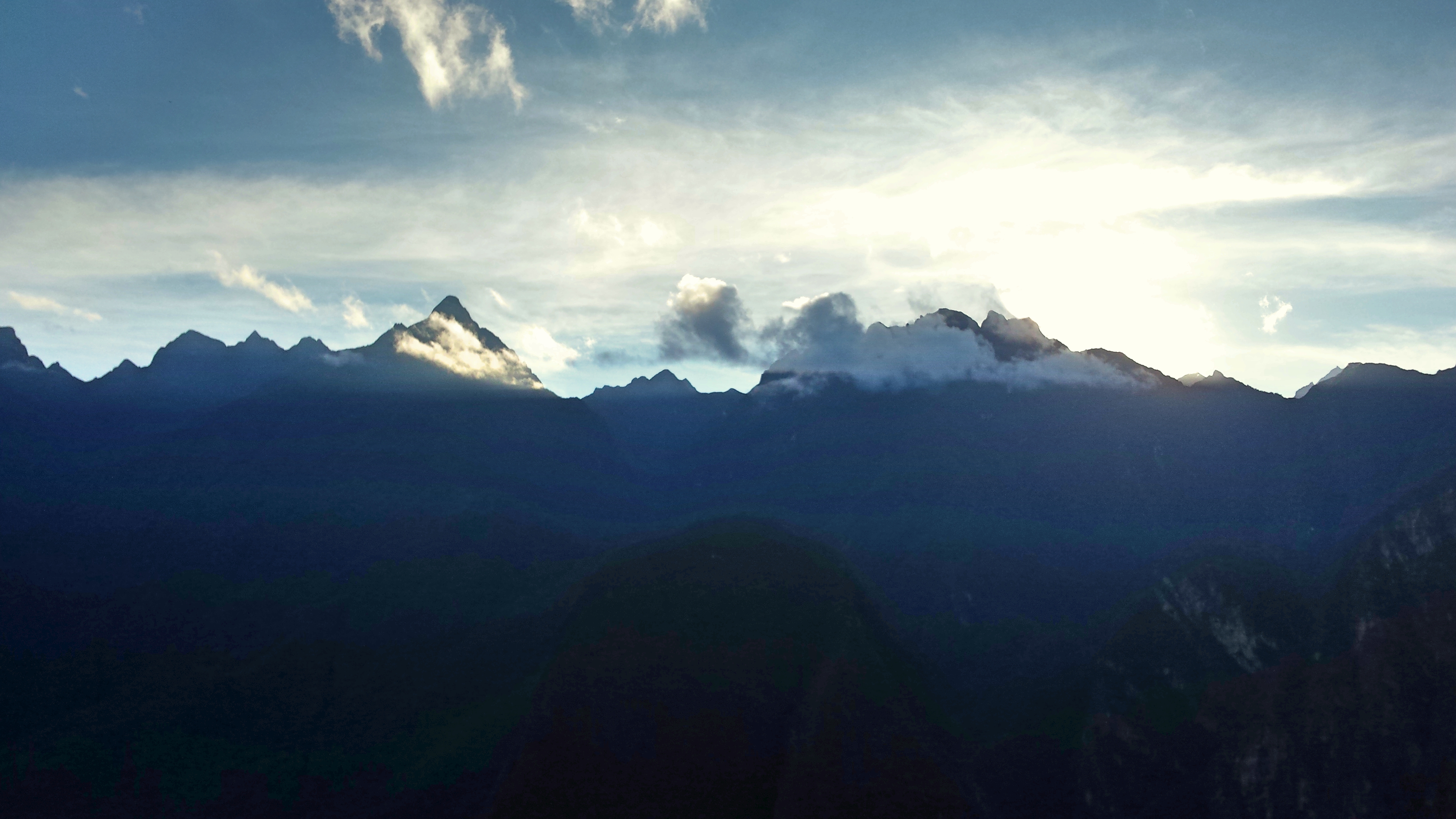
With a headlight as your guide you slowly descend a dimly lid unpaved road. You rub the sleep from your eyes and see a few other early birds moving in the same direction. After twenty minutes you arrive at a surprisingly modern iron bridge. Even though it is only just past 4 AM there is already a fairly steady line-up in front of it. You flash your entry-ticket at the uninterested guard, cross the bridge and then there are stairs.. many stairs. When the climb starts the wind gets knocked out of your lungs. Your enthusiasm shrinks. Why on earth did you opt for the climb and not just lazy it out in the bus? 500 steps further you are certain: this was a bad idea.
But just when you reach the brink of despair, the foliage gives way for an open space. You pass the gate and are immediately treated to an incredible sight. Old ruins and buildings huddled up against the steep slopes of the Andes mountains. As the sun rises above the peaks and the sun-rays touch the ruins of Machu Picchu the whole complex comes to life. Colors shift with the minute and shadows twirl around. Its not only spectacular, but also very surreal. As you feel the goosebumps rise on your arm you realise that Machu Picchu has rightfully been named as one of the new wonders of the world. The climb, you have already forgotten.
The above might be a bit overly dramatic poetic, but I just want to stress the point that Machu Picchu is worth it. Period. Yes is gets quite busy after 9AM so make sure you arrive before that. Because the sight is spectacular and a visit to Peru without going to Machu Picchu is just not complete. As the above already took out 250 words I got few to finish this article without betraying its title so here it goes.
– What to see when visiting Machu Picchu –
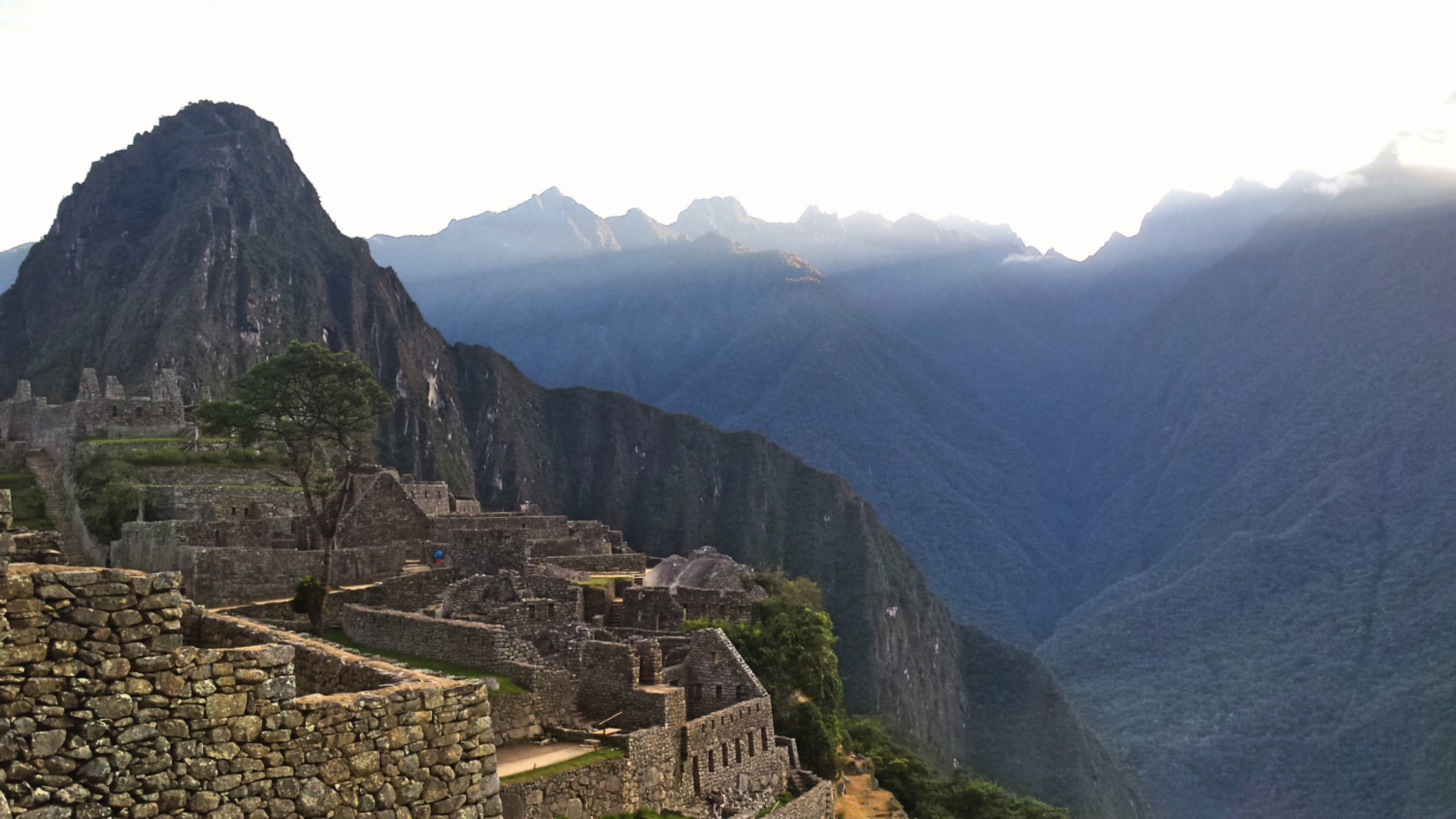
You can either buy a ticket for just Machu Picchu or one including Huayna Picchu or Machu Picchu Mountain. Both climbs are not for the faint hearted as they include a 1.5 – 3 hour hand-on-rock climb to the top. The views offer a different perspective on Machu Picchu than you’ve seen in the pictures. If you are keen on the extra climb I would opt for Huayna as the better of the two.
Time wise take into account that you still have to get back down. And also get back down the stairs from Machu Picchu. If you are planning on going back to Cusco the cheap way this might be a bit too much. Tickets are limited so buy them ahead. When visiting Machu Picchu a guide might be a good idea, but orientation wise the complex is not too complicated.
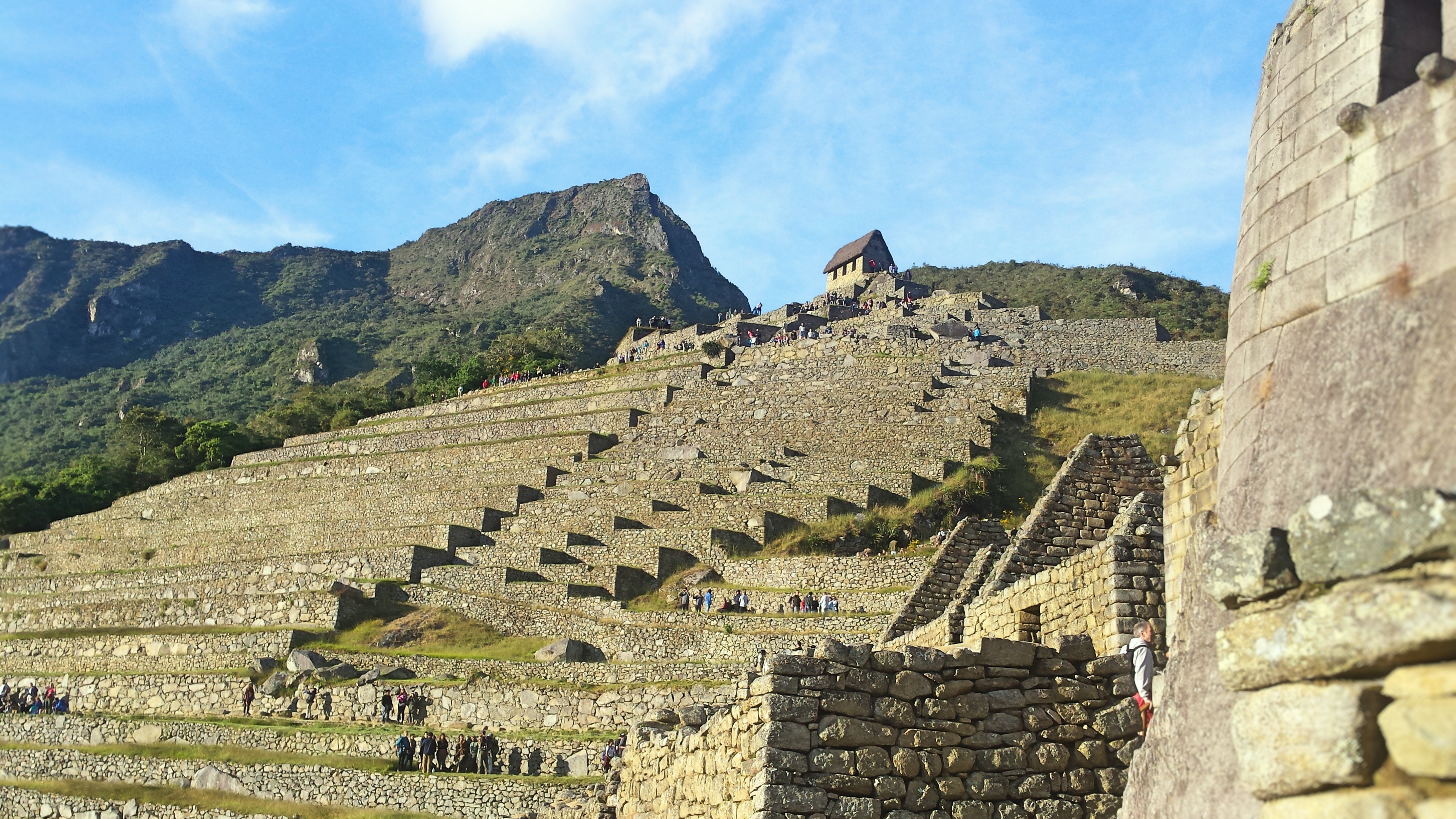
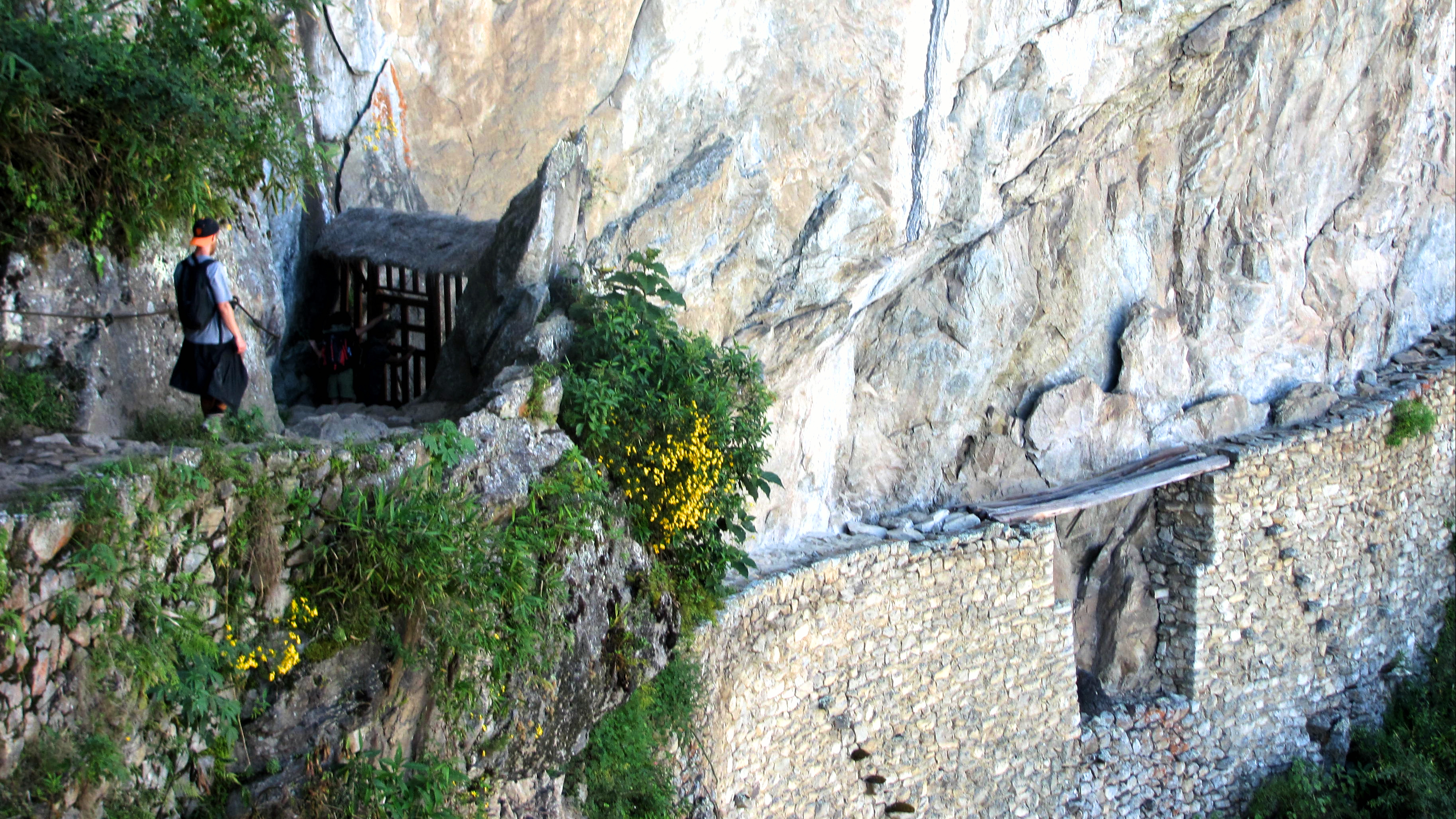
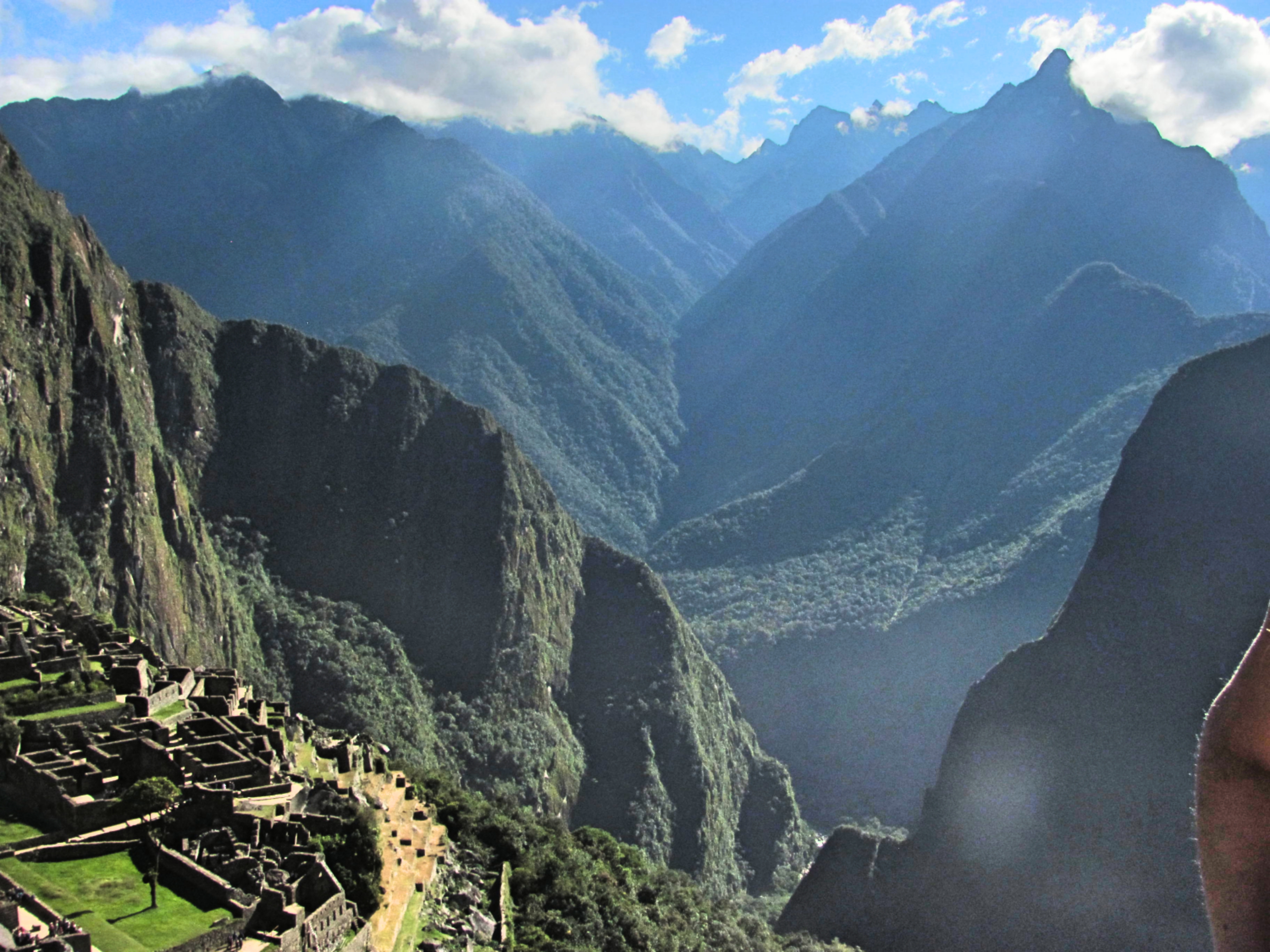
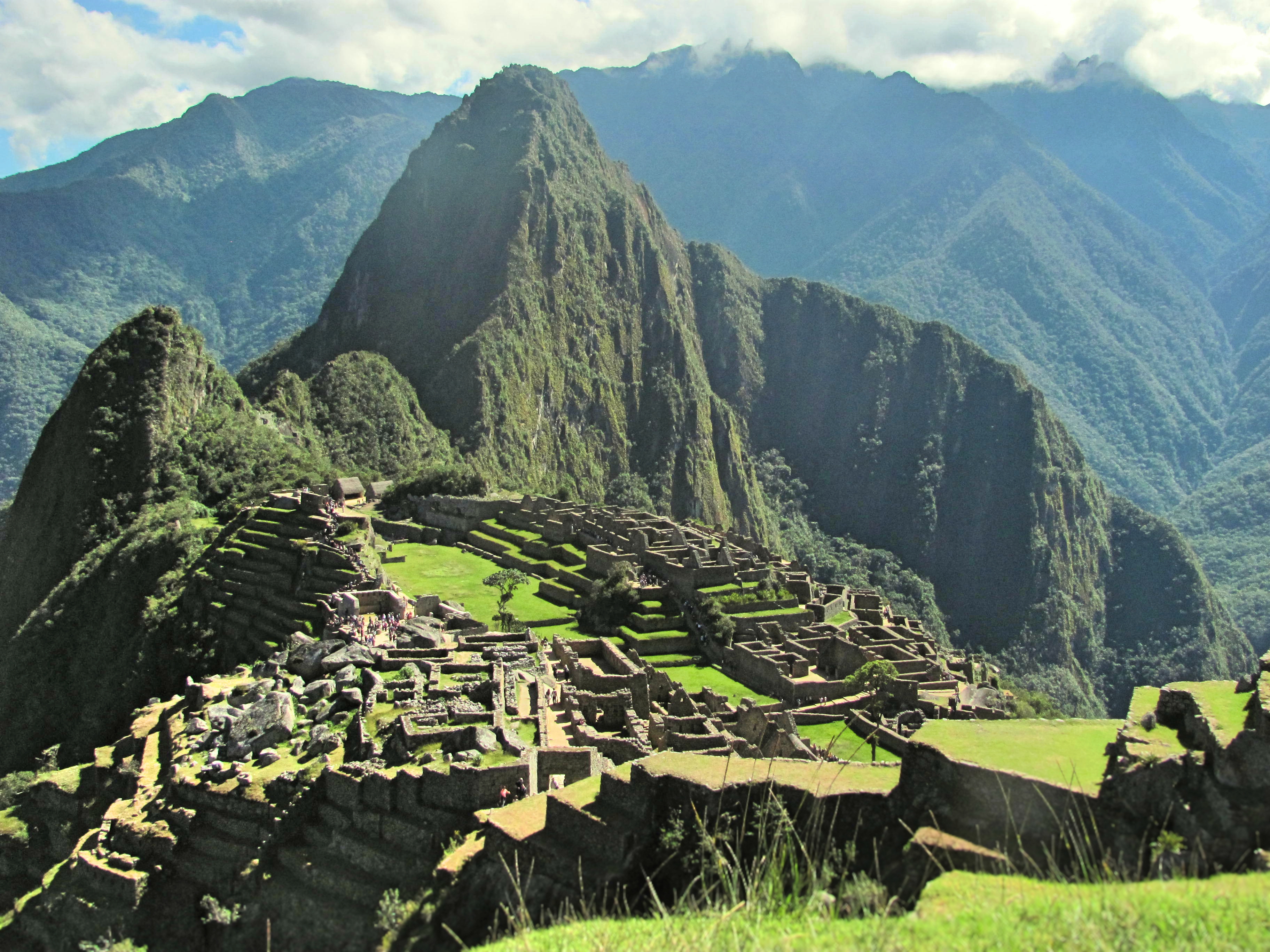
– Practical information –
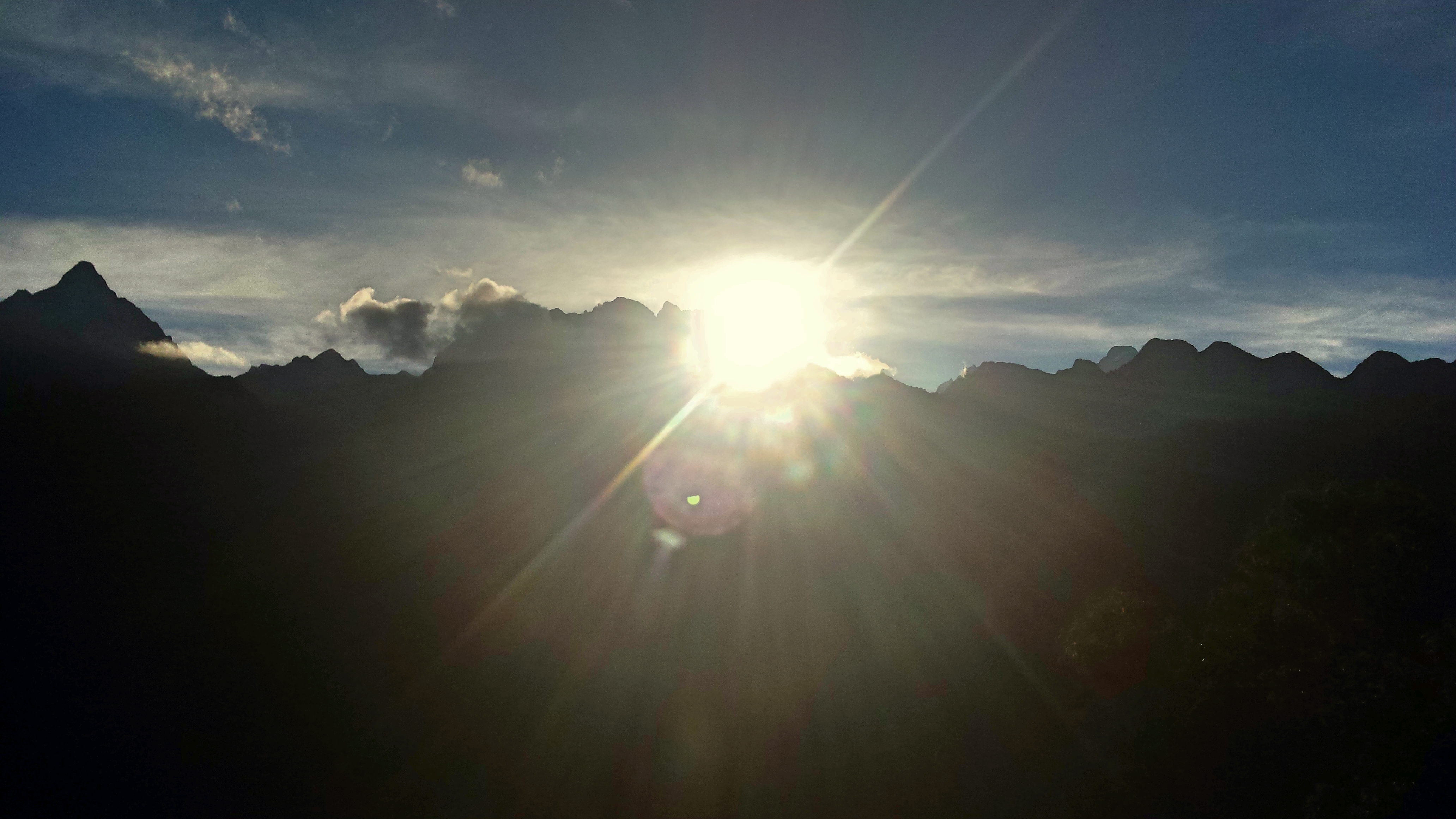
How to get there
I’ve written a different article about the different ways of visiting Machu Picchu so read all about that here.
When to visit
As you will not avoid the crowds anyway, best is to focus on the best views. Visiting in Machu Picchu in May and early June provide you with good weather and the jungle will be colored a fresh green because these are the months following the rainy-season. Weather stays fine until end November. When the rains return a visit becomes not only harder but also less pleasant. Especially if you combine your visit with a trek.
As I am counting, I realise I overstepped by exactly 75 words. I am deeply sorry..;)
– Things to take when traveling to Peru –
There are a few items that I would pop into my bag for a trip to Peru. Firstly, always take many layers of clothing with you. Being in the Andres means that the weather switches rapidly. Be prepared for both sunshine and rain. But more importantly, be prepared for rapid switches in temperature. Thermals and swimming shorts in the same daypack? In Peru its not as weird as it sounds.
Fjallraven trapper hat
Even in the coldest nights on the altiplano you won’t get cold ears while wearing this trapper hat. It’s simply not possible. The big advantage of trapper hats compared to beanies is that they warm up your whole head instead of just the top and they fit tightly around your head, meaning you wont lose it while mountaineering in the Andes. Fjallraven Kanken is a Swedish premium brand that uses sustainable materials. Also their products just look damn good. It’s a little investment, but one that’s worth it.
Thermals
Besides wearing a warm hat or beanie, the best addition to your travel wardrobe is skintight thermal underwear. Super comfy, light, small to pack and it transforms any normal pants into super warm isolated pants. I value thermal underwear over a thermal shirt because to warm up your upper body you can simply stack all the shirts you are carrying on top of each other while stacking multiple pants is harder. Also your legs are not used to this added layer so wearing thermals will work wonders on the ‘feel temperature’. LAPASA thermals are designed for travel and come in at a very good price.
Power bank
The usefulness of a power bank is self-explanatory. Being able to charge your phone, tablet, camera, GoPro or e-reader on the go has made traveling so much easier. I use this particular power bank over a year now and its just perfect. The 20,000mAh provides my IPhone with about 5 charges, the double port means I can charge my camera and phone at the same time (or be a life saver for the person sitting next to me) and the LED torch in the middle is super useful when you try to find something in your bag on the bus in the middle of the night. The display is useful as well and tells you a whole lot more about the current charge compared to ‘3 out of 5 lights left’. Oh and it comes in at HALF THE PRICE of a Anker power bank. I have yet to find its flaws.
Lonely Planet
Because its just the best compact travel guide out there. I always take a lonely planet with me for its practical information, background on certain sights and for when I find myself unexpectedly off the beaten path in search of accommodation for the night. For me this is still the best way to read up on a destinations in long haul bus rides. You don’t need internet or battery-life which even on a luxurious bus in Peru can really come in handy sometimes;)
